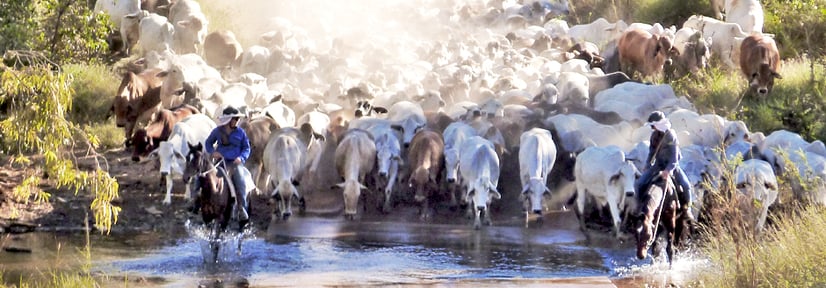
Iconic. It’s an overused word. An iconic building, person, period in time or event. We once heard a meme described as iconic and knew things had gone too far. But when it comes to Australian cattle stations worthy of the title, it’s hard to go past Victoria River Downs.
The Northern Territory property has more than 100 years of rich, indelible history to its name. You may have heard it referred to as The Big Run - and for good reason. It was once the world’s largest pastoral lease, boasting an area of 41,000 km². Or in another mind-boggling measure, the size of Switzerland.After beginning with 20,000 head of cattle in 1880 headed by the well-known drover and stockman Nat Buchanan, these days the Victoria River Downs lease spans across 8,900 km² and runs close to 100,000 head of cattle. It now operates as four separate stations; Moolooloo, Pigeon Hole, Mt Stanford and, of course, Victoria River Downs. With the historic Humbert River now an out-station to Victoria River Downs, combined they run 14,000 breeders with a total herd of more than 34,000 head all sporting the famous ‘Bulls Head’ brand.
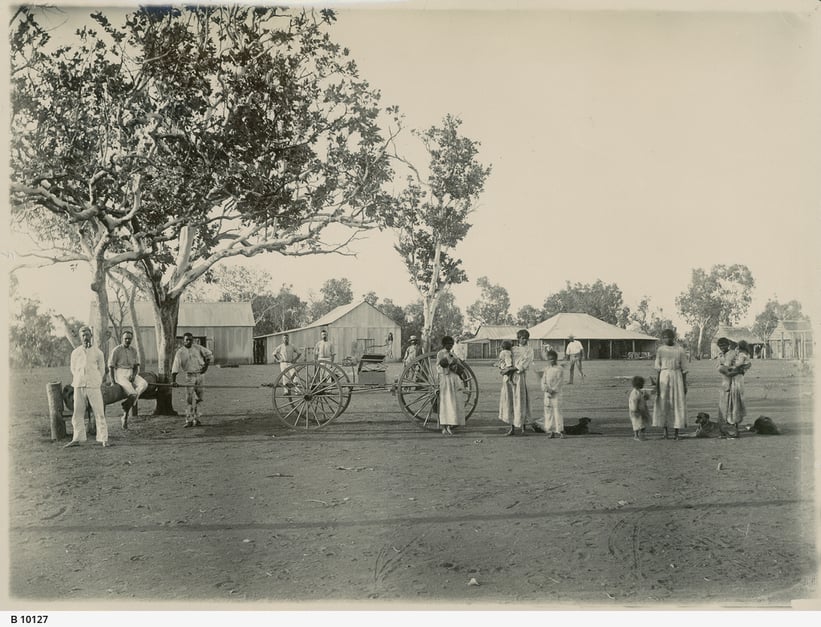 Above: Victoria River Downs in 1891. Credit: State Library South Australia.
Above: Victoria River Downs in 1891. Credit: State Library South Australia.
The breathtaking red earth country with its intricate ridges on sandstone, undulating plains of dolomite, and floodplains with cracking clays can be found 400 kilometres west of Katherine, Northern Territory. The main homestead stands proudly before the Wickham River, which quietly weaves its course through the dry landscape. Adaptive trees grow on a lean, shaped by the strong torrent the river transforms into during the wet season. Noisy corellas gather in chatty groups among their branches. Original buildings house the many staff who call the station home.
Victoria River, which flows through Victoria River Downs Station, Gregory National Park and Wave Hill, makes its mark on the Victoria Highway 194 kilometres west of Katherine and 282 kilometres east of the Northern Territory and Western Australia border. The river was first explored by Europeans in 1839 by Captain J.C Wickham. A true royalist, he promptly named it after Queen Victoria. You can’t rush things in the Territory though and it wasn’t until 16 years later that Sir Augustus Charles Gregory, flanked by a crew of scientists, sailed from Morten Bay up the Victoria River.
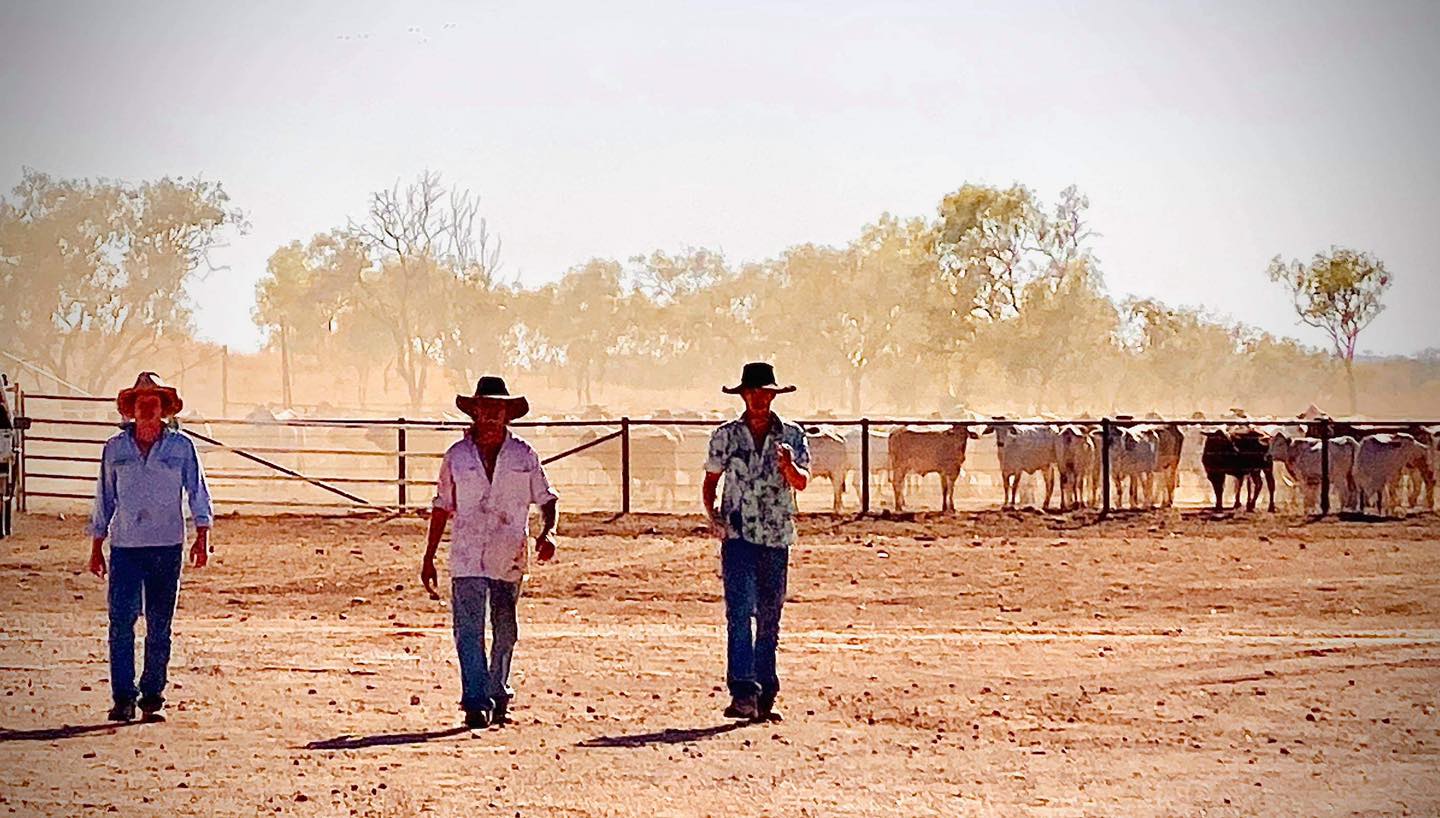 Above: Working the yards at Victoria Downs Station. Credit: Wattle and Blithe Photography.
Above: Working the yards at Victoria Downs Station. Credit: Wattle and Blithe Photography.
The fascination with the enormous, winding river continued and in 1879 Alexander Forrest crossed it on his trek from the Western Australian coast to the Overland Telegraph Line. Just a year later Charles Brown Fisher and J. Maurice Lyons scored a lease of more than 15,890 square miles to form the cattle station, Victoria River Downs. It’s since become synonymous with the Cattle King, Sidney Kidman, who secured both the property and the stock in a syndicate in the early 1900s for the grand total of 27,000 pounds; or $52,023.40 in today’s currency.
The station even featured a hospital until 1942. When a malaria epidemic broke out in the 1920s, the region’s remoteness became even more obvious. The hospital was built by John Flynn and run by the Australian Inland Mission. While it’s been 82 years since the last patient was treated, the hospital and the original homestead have both earned their place on the National Estate list.
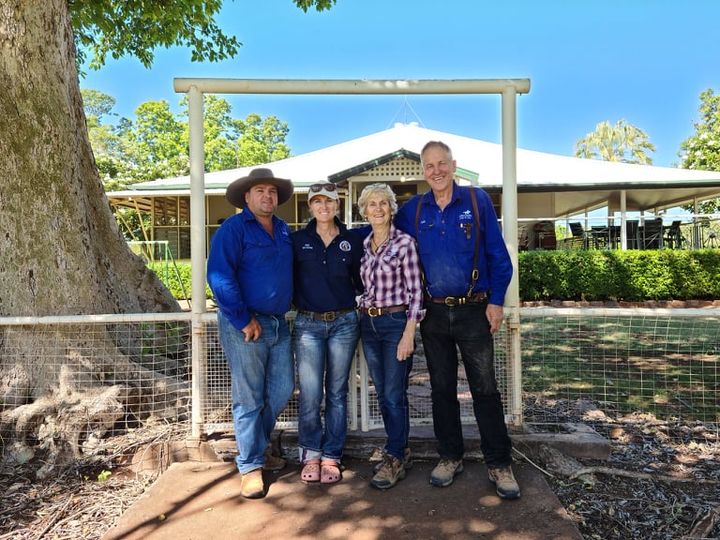 Above: Rusty and Julie Richter with Helen and Lyle from Kent Saddlery in 2021. Credit: Kent Saddlery.
Above: Rusty and Julie Richter with Helen and Lyle from Kent Saddlery in 2021. Credit: Kent Saddlery.
There’s been a handful of ownerships over the years but Victoria River Downs has been owned by the family-operated Haytesbury Pastoral Company since 1989. Owner Paul Holmes à Court said there’s an exciting future ahead for the station.
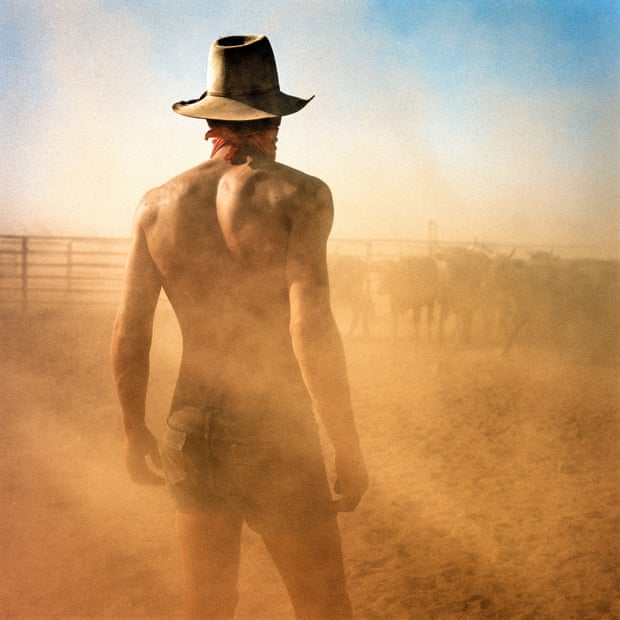
Above: The cover image of the 2015 book Balls and Bulldust, features Kiwi station hand Stuart Brown
working at Victoria River Downs station in the 1980s. Photographed by Håkan Ludwigson.
“Every year we make incremental improvements to our cattle herd, and do so in ways that improve the health of our country. The result is healthier country and more beef, sustainably,” Paul says.
Chatting with Paul, he sheds some light on a period of time not as well-documented.
“Less well-known is the incredible story of the first Europeans to explore the country that is now Victoria River Downs, led by the incomparable Australian explorer Sir Augustus Gregory,” Paul says.
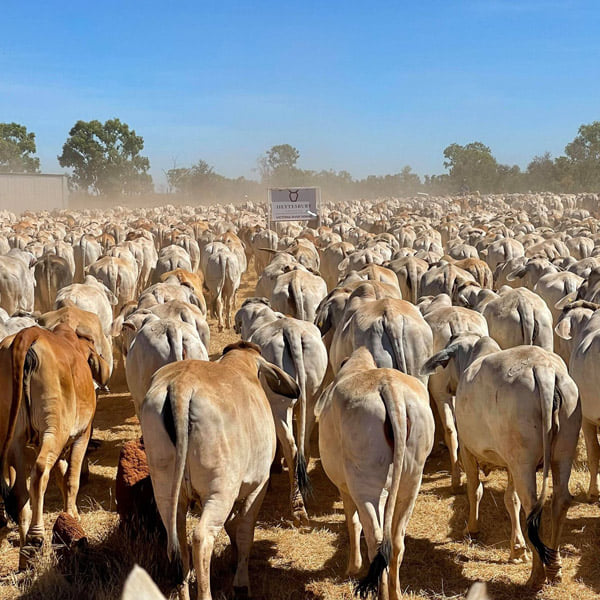 Above: Walking joiners on Victoria River Downs. Credit: Heytesbury Cattle Co - The Bull’s Head Bugle.
Above: Walking joiners on Victoria River Downs. Credit: Heytesbury Cattle Co - The Bull’s Head Bugle.
“He and his party arrived there in 1855 and spent the better part of year exploring the area, and many of the landmarks we know today were mapped and named by them. All up they covered more than 8,000 kilometres on horseback in an amazing feat of exploration, horsemanship and stamina.”
Holding the manager's reins today are Rusty (Russell) and Julie Richter. Along with their children, Nathan and Hayley, the family has lived at Victoria River Downs for 11 years. It’s the supportive, family environment at Victoria River Downs that’s captivated the Richters and many others over the years.
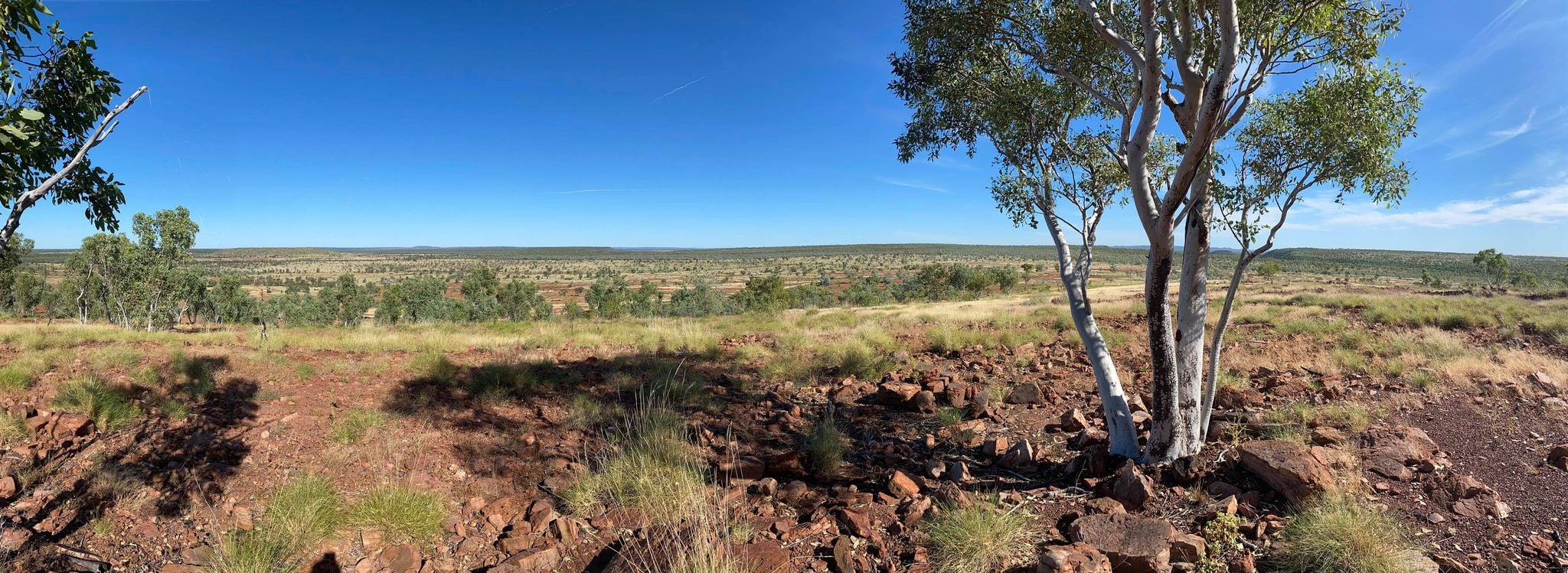 Above: The view while fencing on Victoria River Downs. Credit: Heytesbury Cattle Co - The Bull’s Head Bugle.
Above: The view while fencing on Victoria River Downs. Credit: Heytesbury Cattle Co - The Bull’s Head Bugle.
Since 2014, Victoria River Downs has been home to the much-anticipated annual Bulls Head Muster. Employees from across the six stations get together to learn new skills, make new friendships and roll up their sleeves for some fierce (but mainly friendly) rivalry in the Station Challenge. Such is the appeal of the Bulls Head Muster, since 2018 staff from the Perth head office have even joined in the fun, ditching their computers for cattle for the day.
As it approaches 140 years since its establishment, and eagerly awaits the return of its 2022 crew in mid-March after the wet season, Victoria River Downs holds strong to both its story and the many chapters that lie ahead.
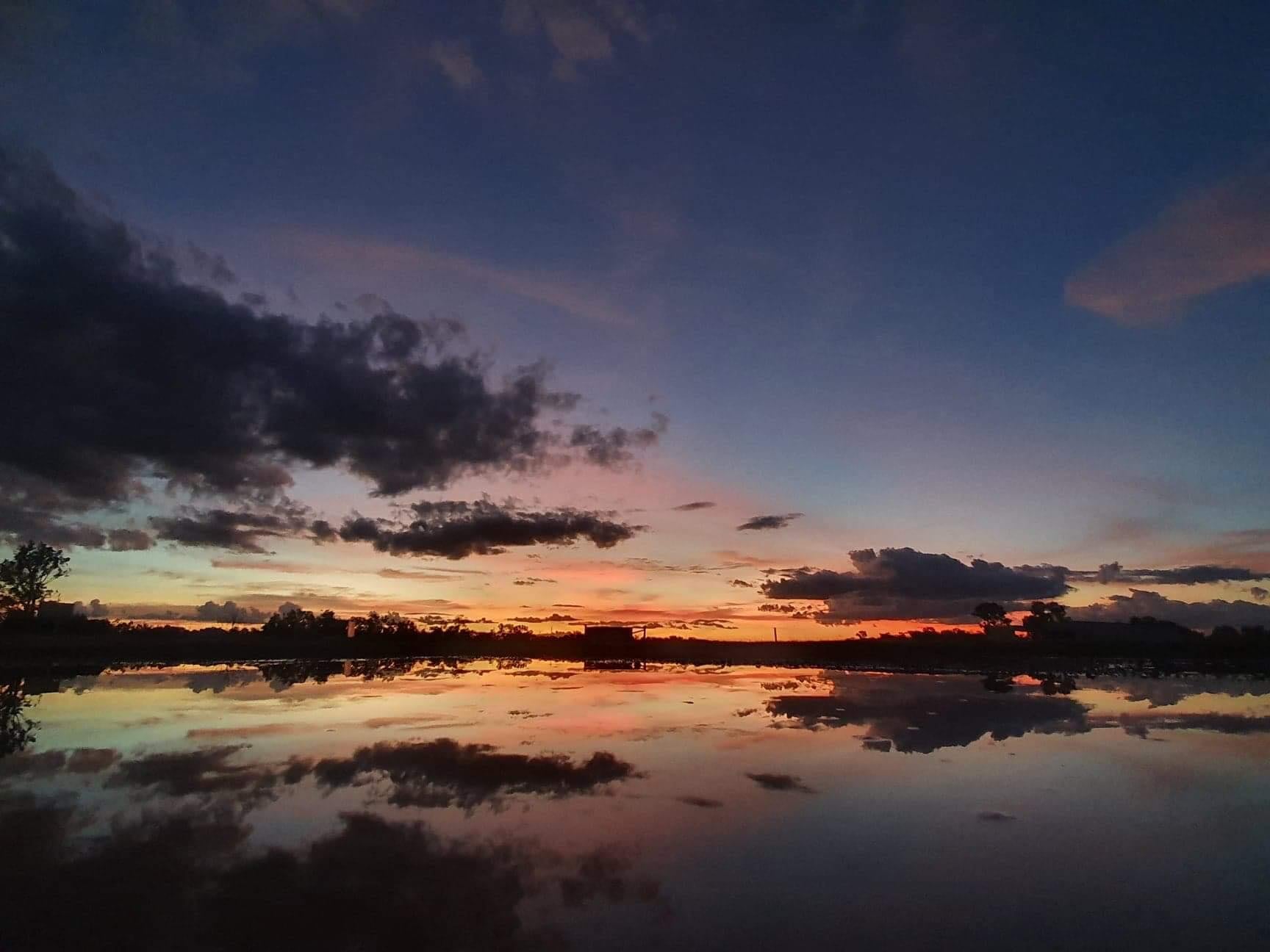 Above: The sun sets on another day at Victoria River Downs. Credit: Heytesbury Cattle Co - The Bull’s Head Bugle.
Above: The sun sets on another day at Victoria River Downs. Credit: Heytesbury Cattle Co - The Bull’s Head Bugle.
 Results
Results
